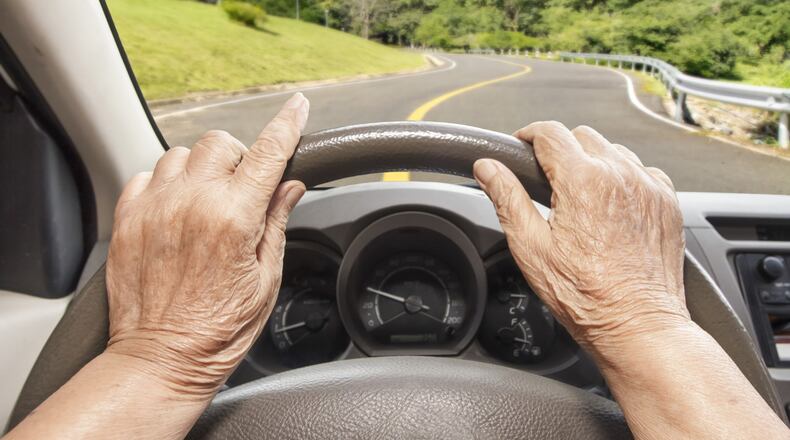The results were published in the journal Traffic Injury Prevention.
“On-road training and simulator training programs have been successful at reducing car accidents involving older drivers – with benefits lasting for years after the training,” Jing Yuan, lead author and a Ph.D. student at North Carolina State University, said in a statement. “However, many older adults are unlikely to have access to these training programs or technologies.”
“We developed a training program, called Drive Aware, that would be accessible to anyone who has a computer,” Jing Feng, corresponding author and a professor of psychology at NC State, said. “Specifically, Drive Aware is a cognitive training program for older adults to help them accurately detect road hazards. The goal of our recent study was to determine the extent to which Drive Aware influences driving behaviors when trainees actually get behind the wheel.”
Researchers recruited 27 adults ages 65 and older. Participants used a driving simulator to take a baseline driving test. Nine were placed in the “active training” group. Another nine participants were in a “passive training” group. The final nine participants were the control group and they had no training. The active training group took two interactive Drive Aware sessions about one week apart. The passive group watched videos of other people taking the Drive Aware training. Afterward, all study participants took a second driving test in the simulator.
Participants in the active training group had 25% fewer “unsafe incidents” following the training. Unsafe incidents included accidents with pedestrians, other vehicles and running off the road. Researchers didn’t find a statistically significant change in the number of unsafe incidents for study participants in the passive group or the control group.
“In short, we found that older adults were less likely to have an accident in the driving simulator after receiving the Drive Aware training,” Yuan said
“This testing was done with a fairly modest number of study participants,” Feng said. “If we can secure the funding, we’d like to scale up our testing to more clearly establish how effective this training is at reducing accidents among older drivers. If the results are as good as they look right now, we’d want to find ways to share the training program as broadly as possible.
“Not many people can afford one-on-one, on-the-road training or training that involves high-end driving simulators. But we think a lot of people would be able to access Drive Aware, and it has the potential to save a lot of lives.”
About the Author
